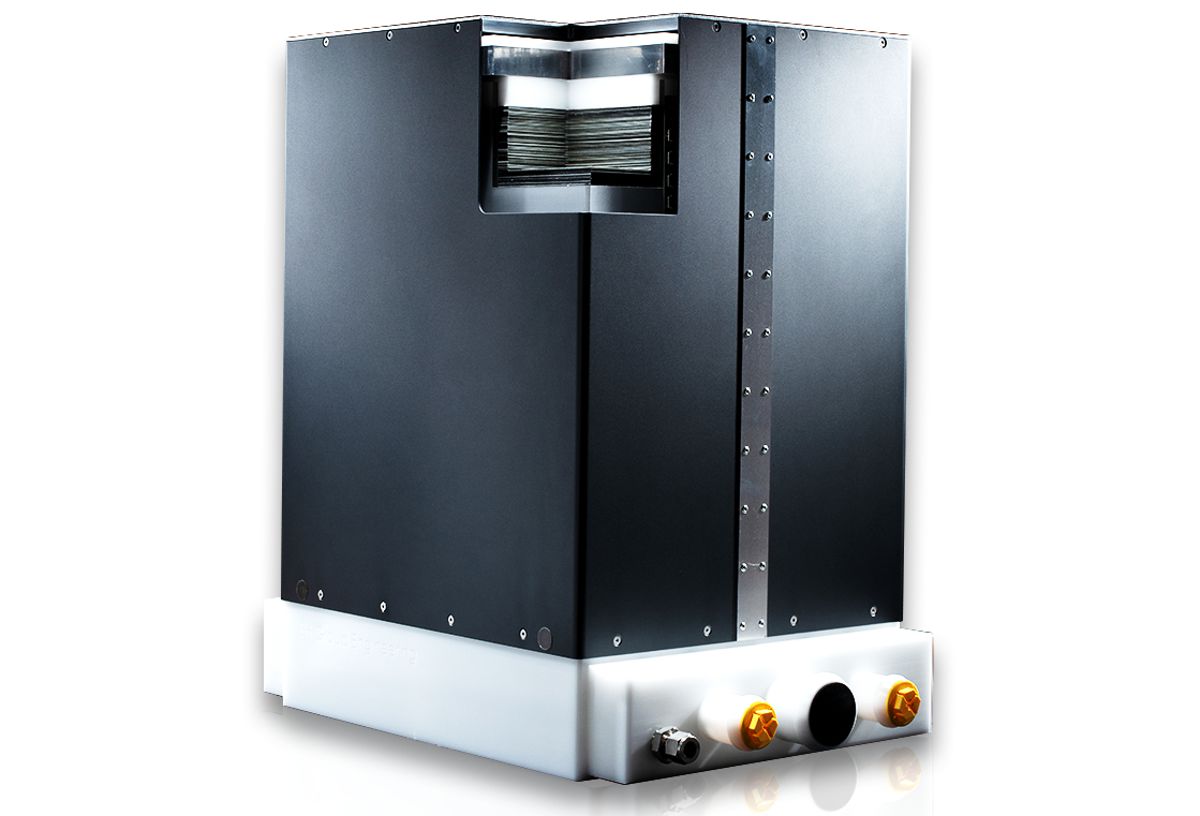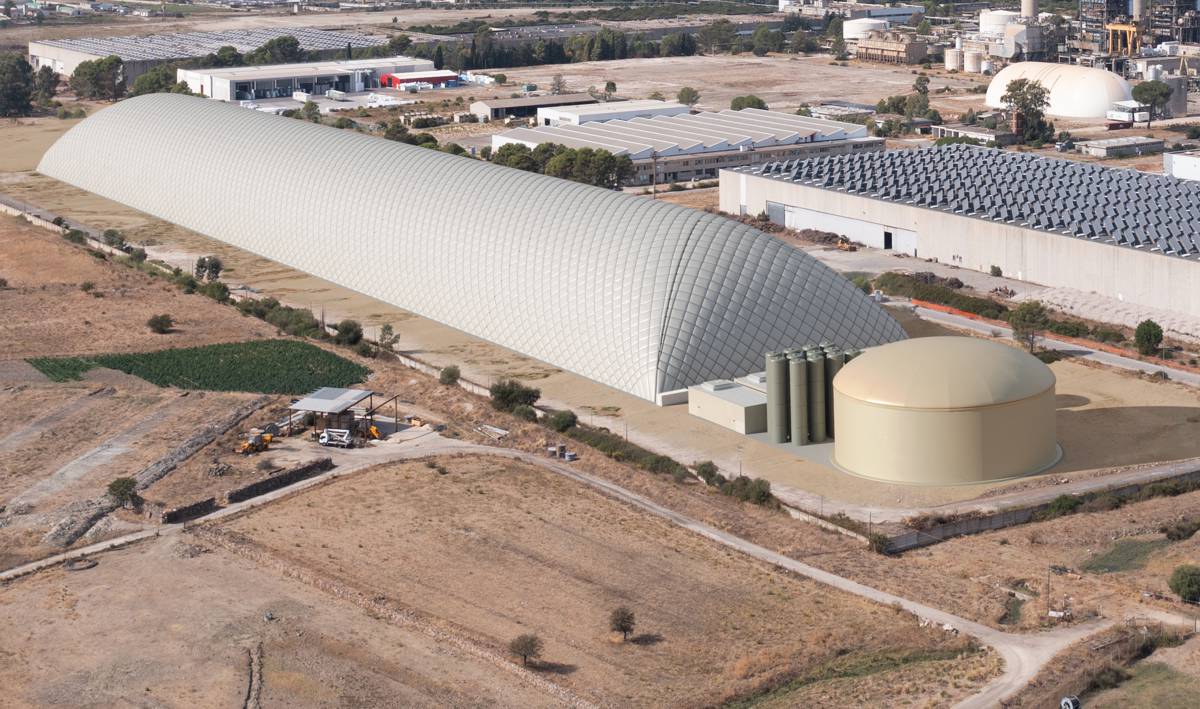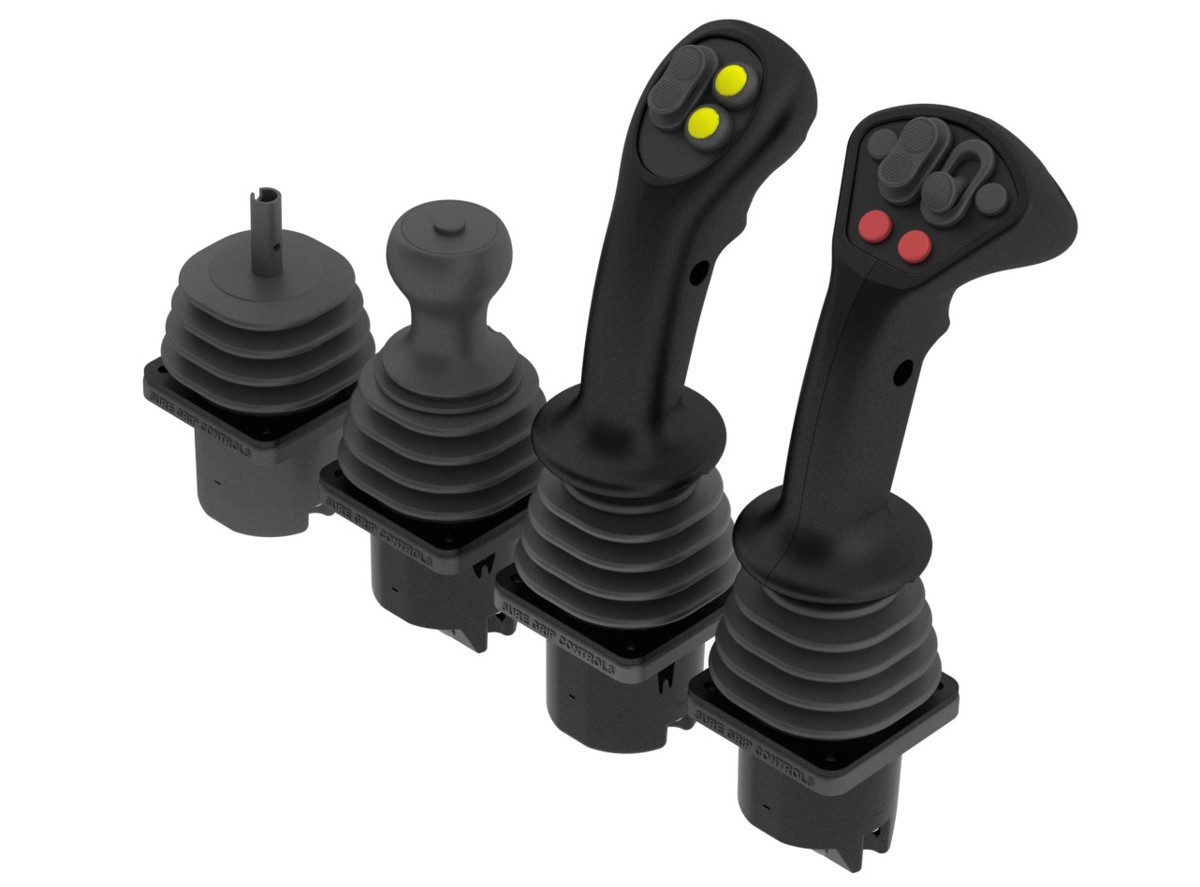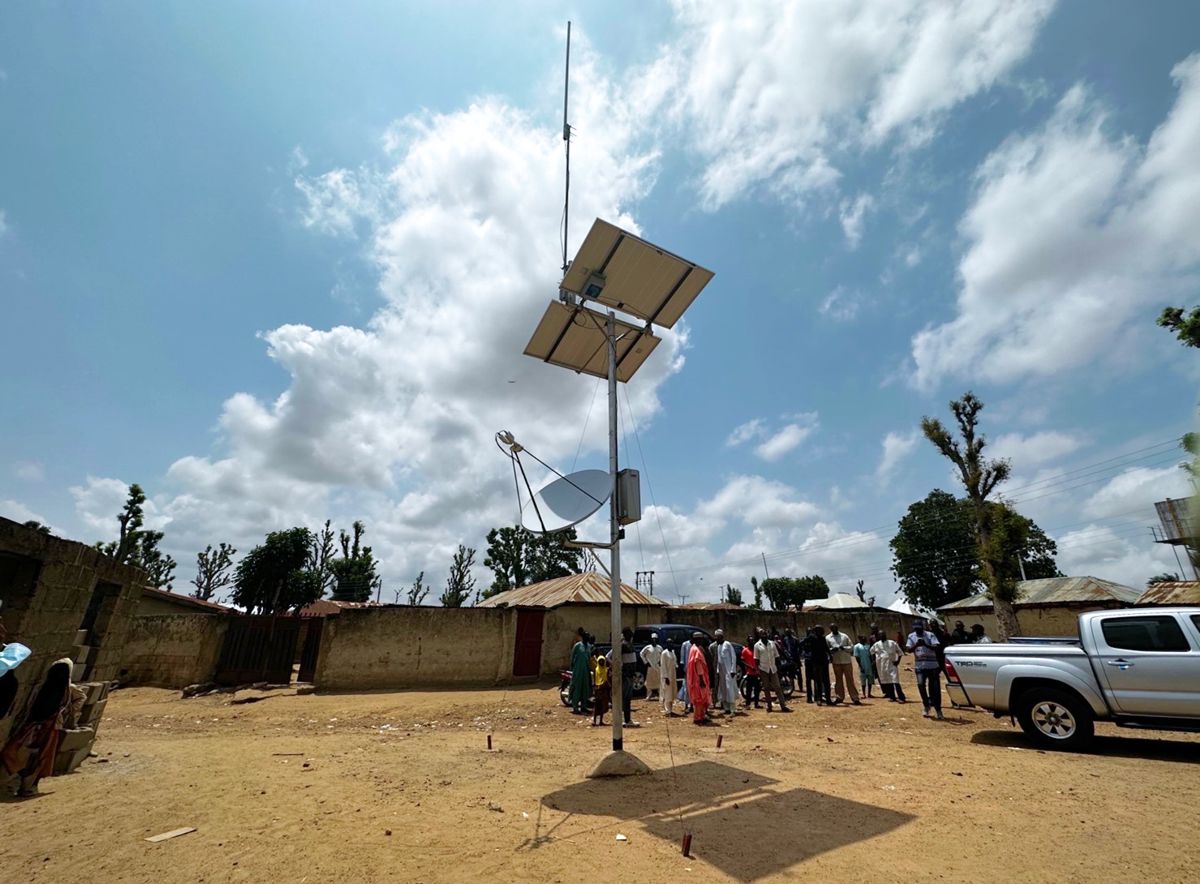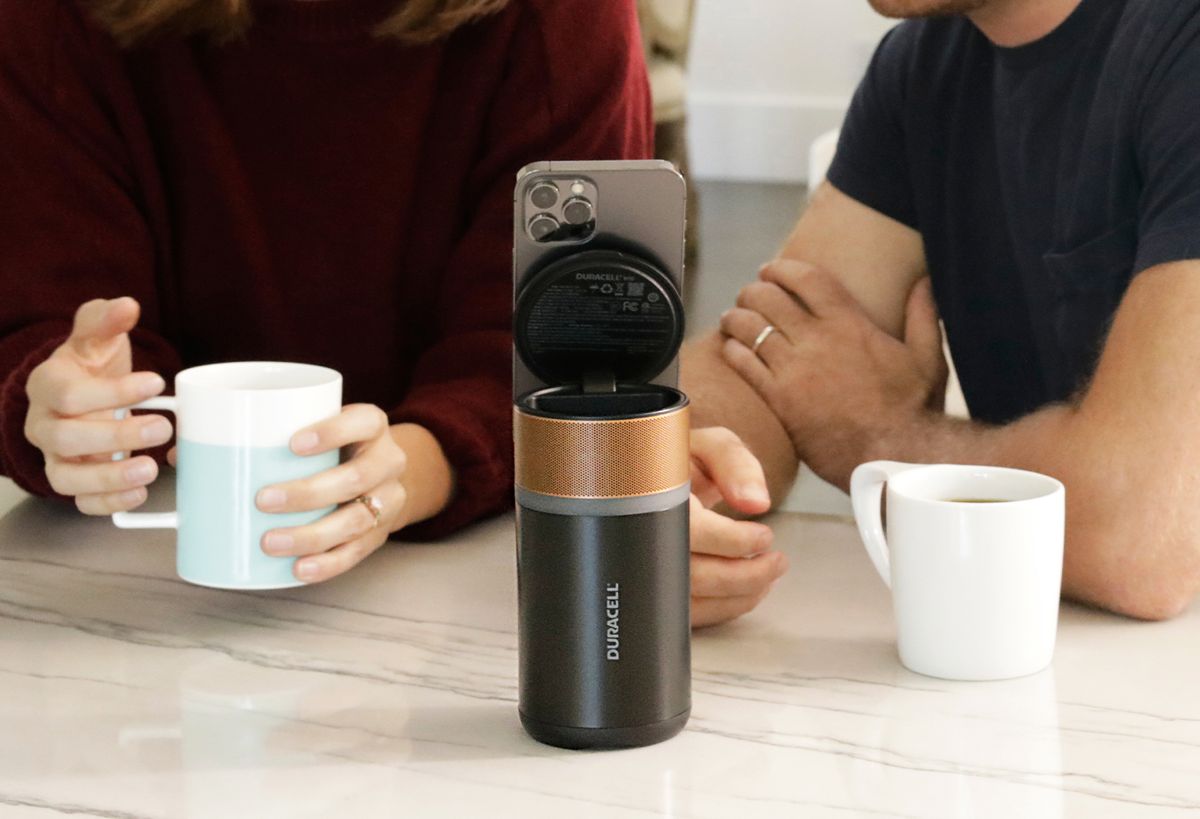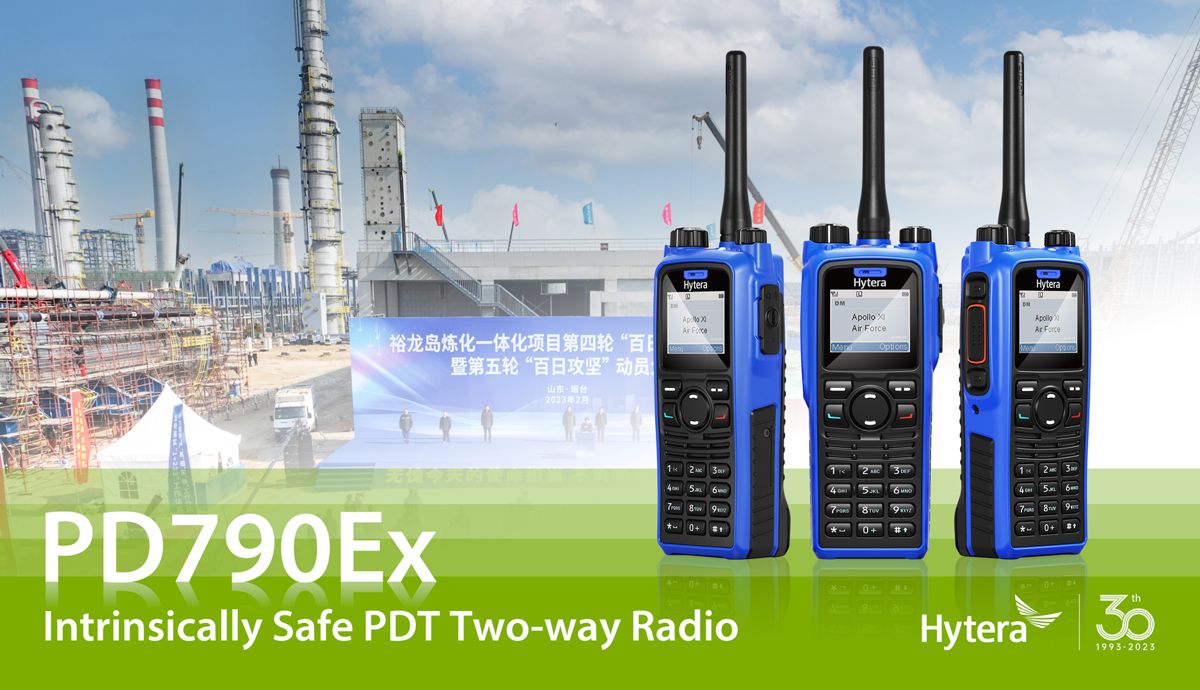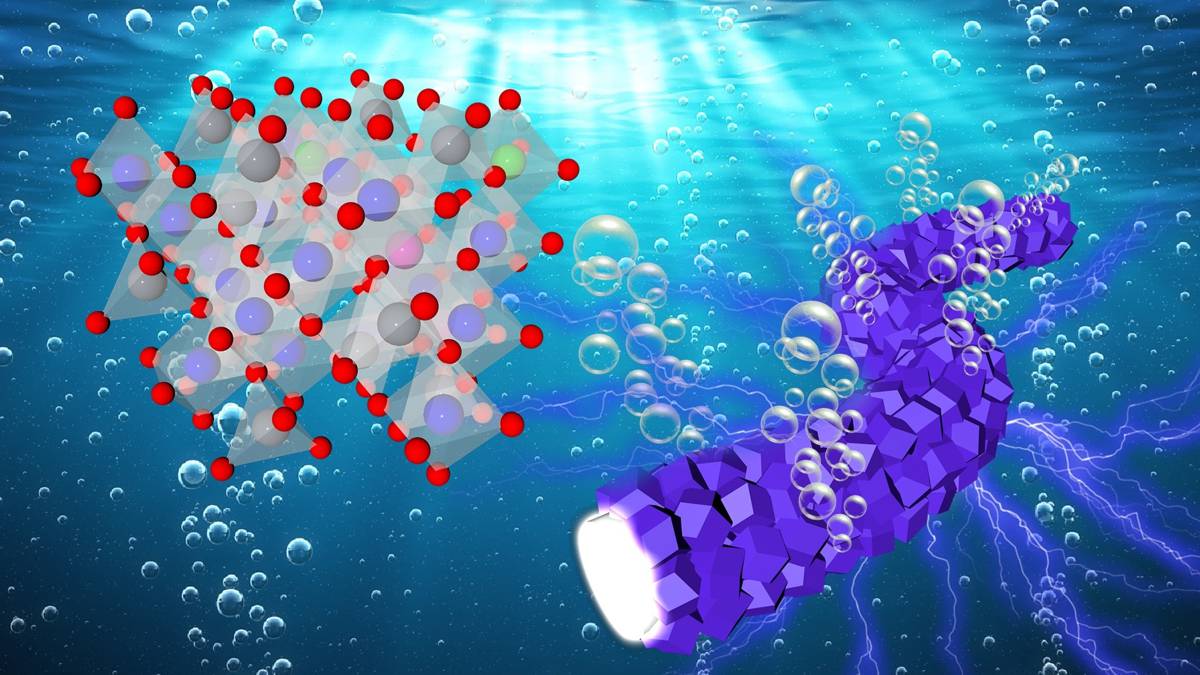SICK LiDAR sensor technology raises the bar for accurate and reliable sensing
With the launch of the LMS1000 and MRS1000 infrared LiDAR sensors, SICK has raised the bar in high-precision, reliable distance sensing and ranging. They deliver more accurate and reliable distance sensing and measurement, especially in difficult environmental conditions.
Ideal for outdoor traffic control, transport yard management and security duties, the robust, compact sensors weigh just 1.2kg and come with rotatable connectors, so are easily mounted on walls and gantries, above entrances, or anywhere convenient to achieve optimum viewpoint.
The addition of SICK’s innovative ‘triple-echo’ HDDM+ (High Definition Distance Measurement) scanning to the SICK LMS and MRS has enabled much greater consistency in performance to be achieved even when the sensors face adverse environmental conditions. Heavy rain, mist, dust or snow can lead to false signals where inferior LiDAR sensors or other alternative technologies are used.

Neil Sandhu, SICK’s National Product Manager for Imaging, Measurement, Ranging and Systems, explains: “The triple-echo technology offers greater confidence in the reliability of the information from the sensor, even under difficult environmental conditions. As false signals are almost eliminated, there is much less risk of errors due to an inaccurate evaluation of the position of objects in the sensor’s field.
“At this size, the LMS1000 leads the field as an easy-to-use sensor that delivers excellent distant and ranging performance. MRS1000’s four plane detection capability enables it to be used for more complex tasks as diverse as buildings, transport park and boundary management, and security for large or sensitive areas.”
The SICK LMS1000 scans in a single plane, with a 275° angle of view, up to 64 metres for a general range of distance detection and ranging applications, with 10 fields allowing several different pre-programmed applications. With the same angle of view and distance, the MRS1000 scans in four planes at different heights, allowing either the height of objects to be scanned in, such as overhanging obstructions, or in-depth mapping using the sensor from an elevated position. 64 fields allow a very wide range of applications.

With exceptionally high scanning frequency, the amount of data collected by the LMS and MRS1000 units ensures very high accuracy for the user. The triple echo evaluation technology means the masking effects of snowfall, mist, rain or dust are eliminated from the signal, so that the user can have maximum confidence in the detection and location of rapidly moving objects.
With a rugged, compact housing resisting shock, impact and vibration, an operating temperature range of -30°C to +50°C and integrated heating ensure that the sensor is fit for duty even in extremes of weather and will help keep maintenance costs low.
Configuration is very easy with SICK’s highly intuitive free SOPAS programming tool. Teaching in the fields takes little time and adds versatility and application-specific performance to the sensor.
The Ethernet interface delivers the measurement data output in real time for immediate operator action where required, and with switching outputs allowing wide availability of the data across an organisation’s local area network.




